Filter by
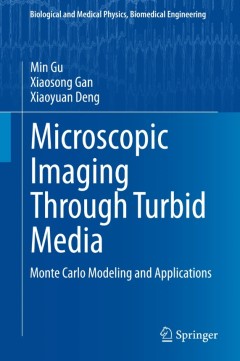
Microscopic Imaging Through Turbid Media
This book provides a systematic introduction to the principles of microscopic imaging through tissue-like turbid media in terms of Monte-Carlo simulation. It describes various gating mechanisms based on the physical differences between the un scattered and scattered photons and method for microscopic image reconstruction, using the concept of the effective point spread function. Imaging an obje…
- Edition
- 1
- ISBN/ISSN
- 978-3-662-46396-3
- Collation
- XII, 187
- Series Title
- Biological and Medical Physics, Biomedical Engineering
- Call Number
- -
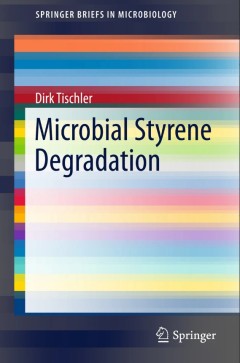
Microbial Styrene Degradation
This book describes the complex processes involved in styrene degradation by microbes, including highly adaptive microorganisms, the various enzymes involved in styrene biodegradation, new styrene-catabolic routes, novel regulatory mechanisms, and the genes coding for styrene metabolizing enzymes. Numerous biotechnological applications are discussed, such as the development of sustainable eco-f…
- Edition
- 1
- ISBN/ISSN
- 978-3-319-24860-8
- Collation
- XIV, 108
- Series Title
- SpringerBriefs in Microbiology
- Call Number
- -
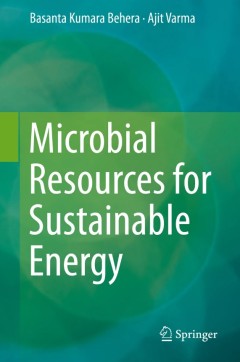
Microbial Resources for Sustainable Energy
This book sheds new light on how microbes can be used as effective and sustainable resources to produce green energy in the form of biogas, algal diesel, ethanol, hydrogen and direct electricity. It discusses topics such as microbial energy conversion technologies, including ethanol production by microbial catalytic reaction, biomethanization, biodiesel from microalgae, microbial fuel cells, an…
- Edition
- 1
- ISBN/ISSN
- 978-3-319-33776-0
- Collation
- XIX, 280
- Series Title
- -
- Call Number
- -
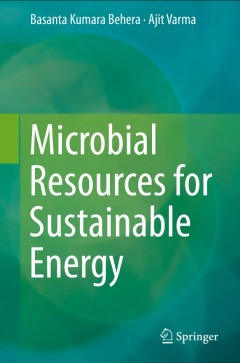
Microbial Resources for Sustainable Energy
This book sheds new light on how microbes can be used as effective and sustainable resources to produce green energy in the form of biogas, algal diesel, ethanol, hydrogen and direct electricity. It discusses topics such as microbial energy conversion technologies, including ethanol production by microbial catalytic reaction, biomethanization, biodiesel from microalgae, microbial fuel cells, an…
- Edition
- 1
- ISBN/ISSN
- 978-3-319-33776-0
- Collation
- XIX, 280
- Series Title
- -
- Call Number
- -

Volcanic Lakes
This book aims to give an overview on the present state of volcanic lake research, covering topics such as volcano monitoring, the chemistry, dynamics and degassing of acidic crater lakes, mass-energy-chemical-isotopic balance approaches, limnology and degassing of Nyos-type lakes, the impact on the human and natural environment, the eruption products and impact of crater lake breaching eruptio…
- Edition
- -
- ISBN/ISSN
- 978-3-642-36833-2
- Collation
- IX, 533
- Series Title
- -
- Call Number
- -
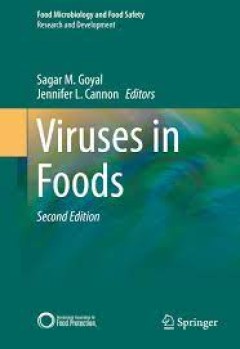
Viruses in Foods
Foodborne viruses are an important group of pathogens recognized to cause significant disease globally, in terms of both number of illnesses and severity of disease. Contamination of foods by enteric viruses, such as human norovirus and hepatitis A and E viruses, is a major concern to public health and food safety. Food Virology is a burgeoning field of emphasis for scientific research. Many de…
- Edition
- -
- ISBN/ISSN
- 978-3-319-30723-7
- Collation
- XIII, 512
- Series Title
- -
- Call Number
- -
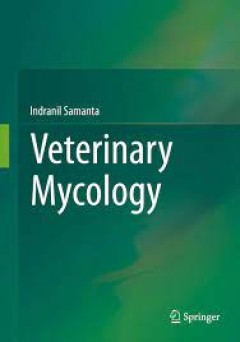
Veterinary Mycology
This book is a comprehensive overview of the fungi that are clinically relevant for animals and humans. It is divided in three major parts: the first part comprises the history of veterinary and medical mycology, general aspects of morphology, growth, nutrition, reproduction and classification of fungi. In the second part, the etiologic agents of cutaneous, subcutaneous and systemic mycoses are…
- Edition
- -
- ISBN/ISSN
- 978-81-322-2280-4
- Collation
- XIX, 179
- Series Title
- -
- Call Number
- -

Biocontrol of Lepidopteran Pests : Use of Soil Microbes and their Metabolites
This volume describes the various applications of entomopathogenic soil microorganisms in the management and control of the devastating lepidopteran pest. An introduction describes the insecticidal properties of viruses, bacteria, fungi, nematodes and their metabolites, as well as their applications in the context of crop improvement. Subsequent chapters focus on topics such as insecticidal pro…
- Edition
- -
- ISBN/ISSN
- -
- Collation
- -
- Series Title
- -
- Call Number
- 579
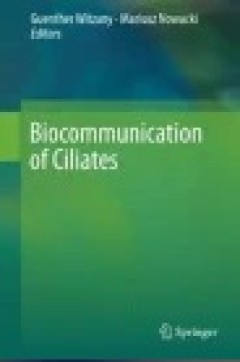
Biocommunication of Ciliates
This is the first coherent description of all levels of communication of ciliates. Ciliates are highly sensitive organisms that actively compete for environmental resources. They assess their surroundings, estimate how much energy they need for particular goals, and then realise the optimum variant. They take measures to control certain environmental resources. They perceive themselves and can …
- Edition
- -
- ISBN/ISSN
- -
- Collation
- -
- Series Title
- -
- Call Number
- 579
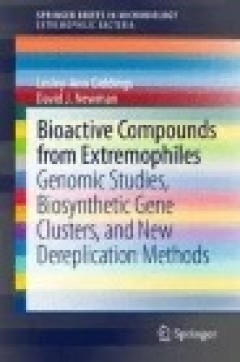
Bioactive Compounds from Extremophiles
This SpringerBrief sheds new light on bioactive materials from extremophiles with the focus on the biosynthesis processes and related genomics. It deals with all aspects of the chemical compounds produced by organisms living under extreme conditions that may have potential as drugs or lead to novel drugs for human use
- Edition
- -
- ISBN/ISSN
- 978-3-319-14836-6
- Collation
- -
- Series Title
- -
- Call Number
- 579
 Computer Science, Information & General Works
Computer Science, Information & General Works  Philosophy & Psychology
Philosophy & Psychology  Religion
Religion  Social Sciences
Social Sciences  Language
Language  Pure Science
Pure Science  Applied Sciences
Applied Sciences  Art & Recreation
Art & Recreation  Literature
Literature  History & Geography
History & Geography